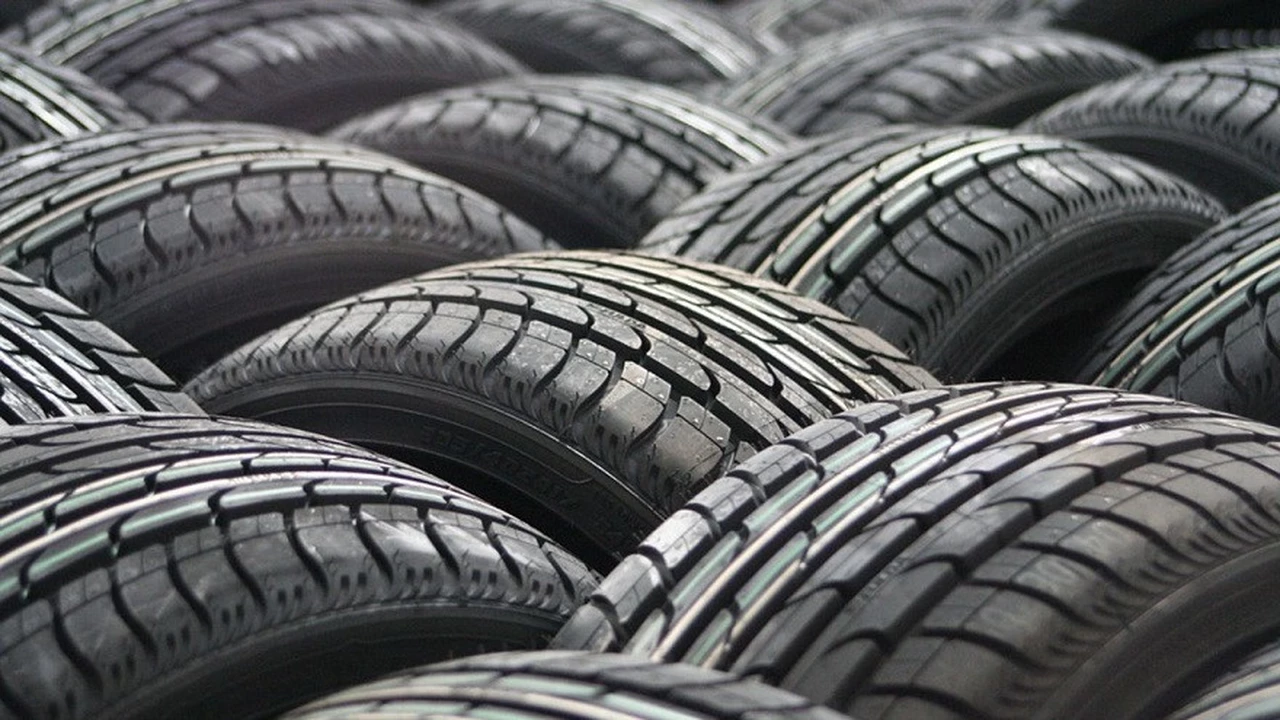The Ministry of Environment and Circular Economy of the Province of Córdoba reported in the last hours that more than 1000 tons of used tires have been removed.
This has been happening since September 2024, when the measure was implemented. It is part of the Environmental Planning Plan, a strategy that combines the eradication of potential breeding sites of the dengue-transmitting mosquito.
1000 tons of used tires removed
The action has a dual purpose: on one hand, to prevent the accumulation of water in unused tires, which reduces the reproduction of the dengue-transmitting mosquito and other diseases. And, on the other hand, to revalorize these waste materials, giving them a new use in various industries.
 The initiative with used tires in Córdoba.
The initiative with used tires in Córdoba.
The Ministry of Environment informed that the collection is carried out in a scheduled manner in coordination with the municipalities adhering to the plan.
Once collected, they are transported to different companies that reuse them in production processes.
According to the information provided, among the main destinations for these materials are the plants of Geocycle Argentina and Cementos Avellaneda, which use them as an energy resource in cement manufacturing.
Another part of the tires is recycled by the SME Ecovalor, which transforms them into rubber pellets, a raw material used in the production of soft floors for playgrounds, soccer fields, and athletics tracks.
The Province’s Plan
The Environmental Planning Plan involves various lines of action aimed at improving the waste management in the province.
According to official data, since its implementation in September 2024, 157 tire removal operations have been carried out in 44 localities in Córdoba.
The initiative is implemented by the ministry led by Minister Victoria Flores through collaboration agreements between the Ministry of Environment and Circular Economy, the Ministry of Government, led by Manuel Calvo, and the Ministry of Health, led by Ricardo Pieckenstainer.
Additionally, it has the active participation of municipalities and communes, which allocate specific sites for collection.
“The commitment of the municipalities is key for this plan to continue growing and to expand its impact throughout the province,” expressed Flores. “We are supporting interested localities in joining, providing technical assistance and facilitating the necessary logistics for the collection and transportation of these materials,” she added.
Have you already visited our YouTube channel? Subscribe now!

